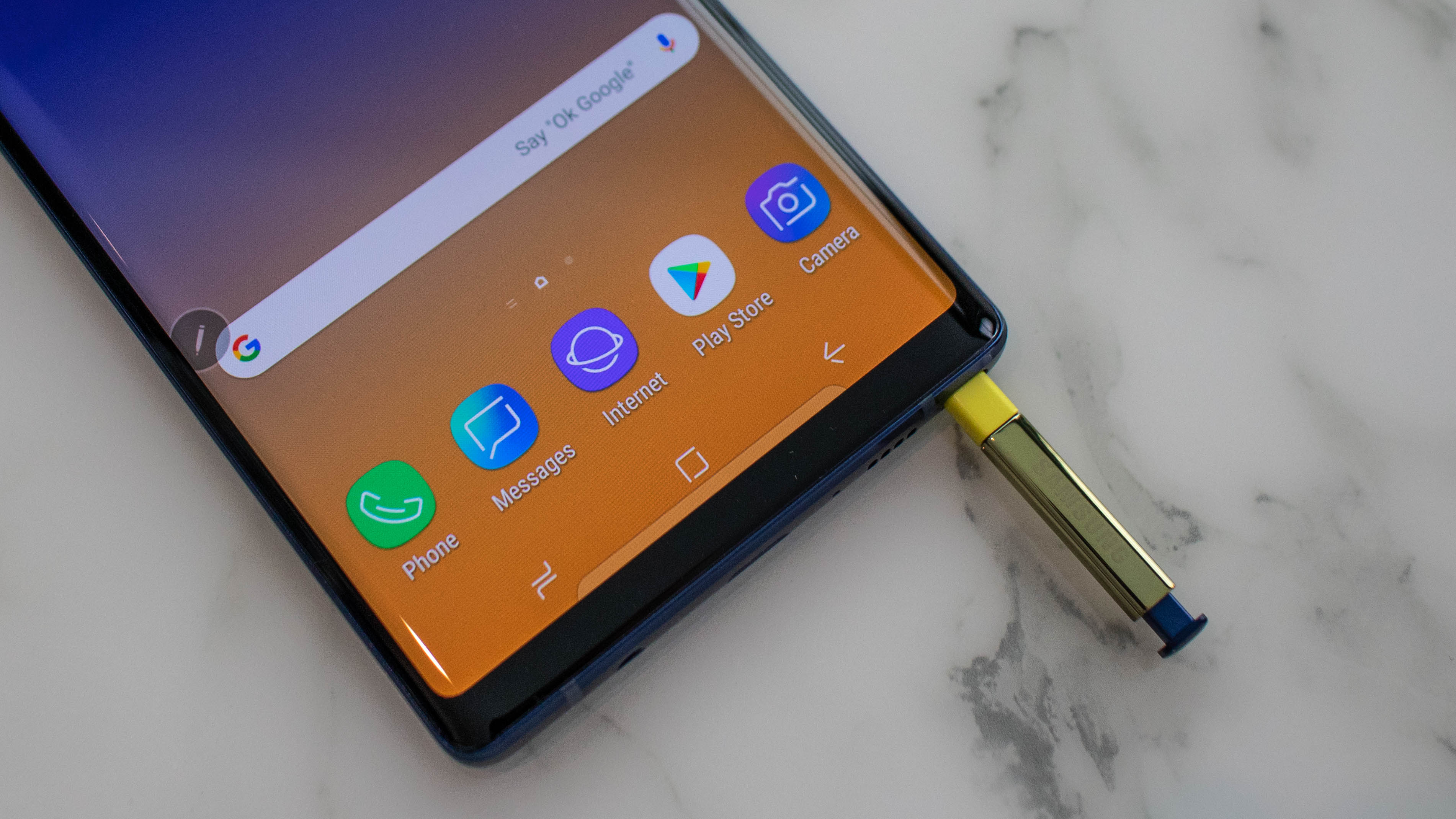Galaxy Note 10 report suggests Samsung may abandon physical buttons
Samsung Galaxy Note 10 may be incredibly sleek

Samsung may replace all external buttons with capacitive pads on its upcoming Samsung Note 10 flagship phone, according to a report from South Korean outlet ETNews.
Instead of physical buttons, you’ll press on the capacitive areas to fiddle with the volume or power; presumably, they will be in the same location on the upper edges of the phone’s sides. If this report is true, we wouldn’t be surprised if the Bixby button was similarly replaced, as it alleges Samsung is going for a “keyless” look.
What’s more, Samsung will likewise swap out buttons for capacitive pads on some of its mid- and low-end phones in its lineup, like the Galaxy A series, industry sources told ETNews.
The future of phones?
Samsung wouldn’t be the first to pull off a buttonless experience: the Meizu Zero, a futuristic smartphone revealed in early 2019, is designed without buttons (or any charging cable/headphone port, for that matter). There’s no info on where or when that phone will be available to consumers, but it shows this latest Samsung rumor isn’t coming entirely out of left field.
Indeed, other phones have been experimenting with capacitive pads. The Nubia Red Magic Mars, for example, has them placed along the edges of one side so, when the phone is rotated horizontally, they act as shoulder ‘buttons.’
While this report is exciting, we remain wary...not of its prediction so much as the timeline. Exciting leaks of the past, like the in-screen fingerprint sensor, were tipped for much earlier Samsung smartphones. The tech just debuted in the Samsung Galaxy S10 lineup, but was predicted to come in the Samsung Galaxy Note 9, and the Galaxy S9 before that and the Note 8 before that and the S8 before that.
Samsung may be working on this idea behind closed doors, but there's no telling if the Note 10 will be the first Galaxy phone with this feature.
Get daily insight, inspiration and deals in your inbox
Sign up for breaking news, reviews, opinion, top tech deals, and more.
- Get hyped for the heavens: TechRadar's Space Week has begun!
- Via XDA Developers
David is now a mobile reporter at Cnet. Formerly Mobile Editor, US for TechRadar, he covered phones, tablets, and wearables. He still thinks the iPhone 4 is the best-looking smartphone ever made. He's most interested in technology, gaming and culture – and where they overlap and change our lives. His current beat explores how our on-the-go existence is affected by new gadgets, carrier coverage expansions, and corporate strategy shifts.
